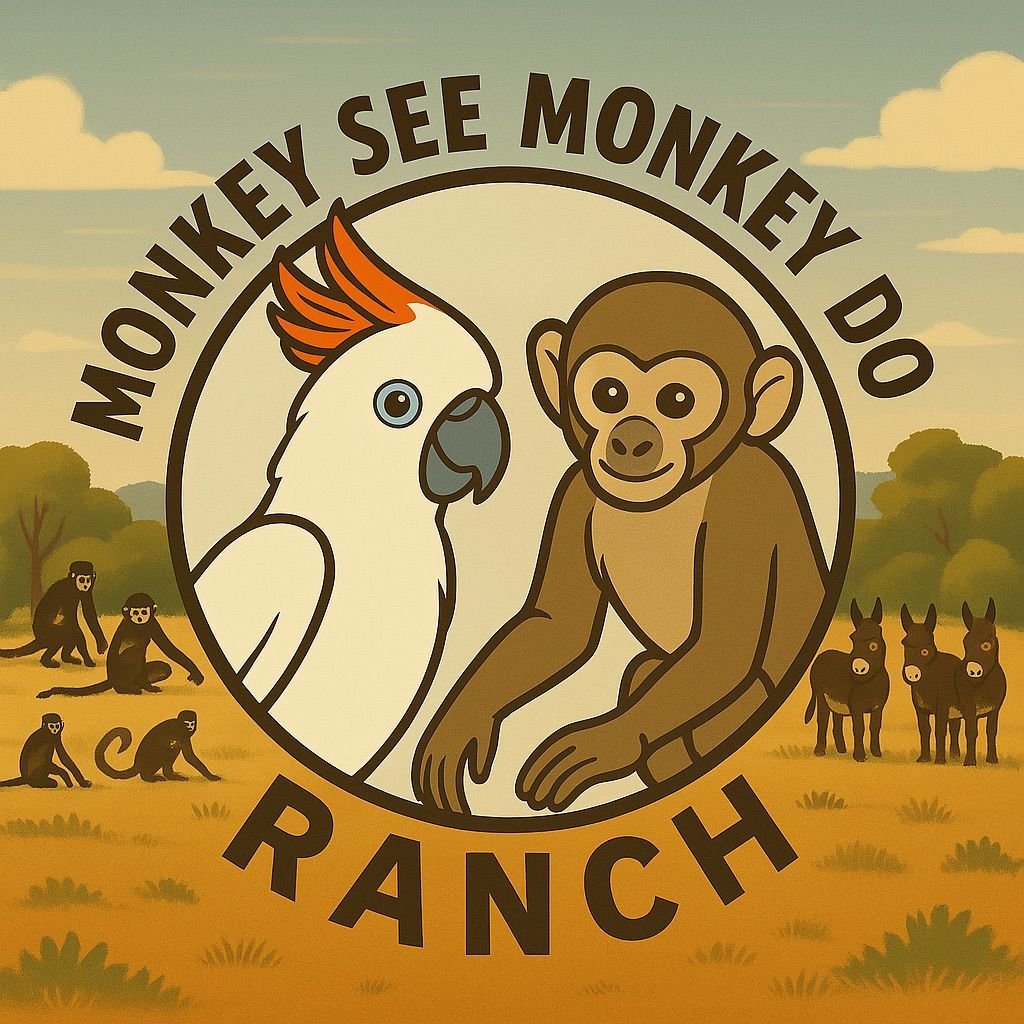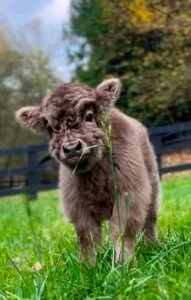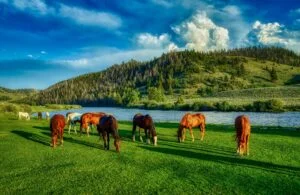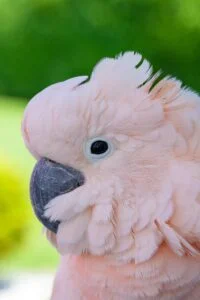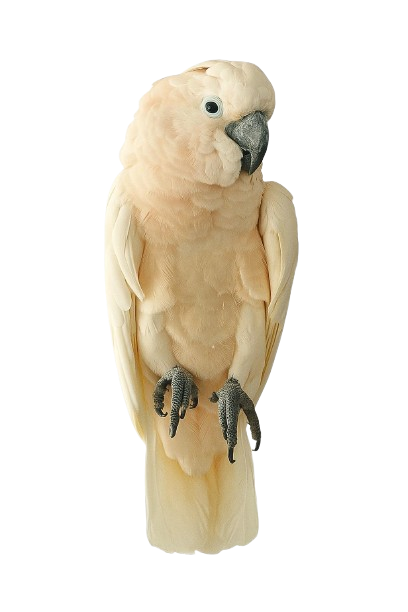Miniature cows are a growing trend in hobby farming, homesteading, and even suburban living. These pint-sized bovines are typically about one-third to one-half the size of standard cows, standing around 36 to 48 inches tall at the shoulder. Despite their small size, mini cows are fully functional animals capable of providing milk, companionship, and a unique farm experience.
One of the main appeals of mini cows is their gentle nature and ease of handling. Most breeds are calm, friendly, and social, making them excellent for families or beginners. They can be trained to walk on a lead, come when called, and even enjoy being brushed or petted. This makes them not only practical farm animals but also lovable pets for those with a bit of land.
There are several breeds of miniature cattle, each with its own traits and benefits. Popular breeds include Miniature Herefords, Dexters, Lowlines, and Jerseys. Miniature Jerseys, for instance, are beloved for their high-butterfat milk, while Dexters are known for their versatility in both milk and meat production. Some are better for milk, some for meat, and others are simply great companion animals.
Mini cows require less space and food than their full-sized relatives. This makes them perfect for smaller properties or ranches looking to conserve resources. On average, a mini cow only needs about one acre of grazing space and consumes a fraction of the hay or feed a standard cow would need. This lower cost of upkeep is a big plus for small-scale farmers.
Milk production is another reason people raise mini cows. While they don’t produce as much milk as full-sized dairy cows, their output is still impressive—often around 1 to 1.5 gallons per day. This is the perfect amount for a small household, and it reduces the need for refrigeration or waste. Their milk is often richer in cream and flavor, too.
Mini cows are also relatively healthy and hardy animals. With proper care, they can live 15 to 20 years. They need regular vaccinations, hoof trimming, and access to shelter and clean water, just like standard cattle. Their smaller size makes them easier to manage when it comes to routine health checks and transportation.
Because of their size and temperament, mini cows are popular with 4-H clubs and agricultural youth programs. They’re manageable for kids to lead, care for, and show at fairs. Their friendly disposition also makes them great for therapy farms, petting zoos, or educational environments where people can interact with animals up close.
Breeding mini cows is an option for ranchers looking to expand. It’s important to select good breeding stock to maintain desirable traits like size, health, and temperament. Miniature cows can be bred naturally or through artificial insemination, and calves are typically easy to handle from birth due to their small size.
They’re also visually adorable, which boosts their appeal. With their fuzzy faces, big eyes, and compact builds, mini cows look like something out of a children’s book. This cuteness factor has made them popular on social media and among people looking to add charm and character to their homesteads.
All in all, miniature cows offer a manageable and delightful alternative to full-sized cattle. Whether you’re looking for a gentle family milk cow, a low-maintenance lawn mower, or a cuddly pasture companion, these tiny bovines bring a lot of value in a small package. With the right care, they can thrive on a ranch or small farm—and steal hearts while doing it.
